I don’t blame people for having excuses for not starting a business. They’re under the illusion that you need a lot of money, a business degree, and a time commitment of 40+ hours a week to succeed.

But they’re wrong.
Today there are many opportunities to profit off businesses that already exist, no money or experience needed to get started. Think Kickstarter, Instagram, and Teespring.
I talked to a few people who worked out how to play this system and pull a tidy profit.
Here’s how they did it.
Kickstarter

Average cut: Kickstarter 5%, Payment Processing 3-5%
Steven Ng (23) has launched ten successful projects on Kickstarter since he was a college student at UCLA. He now earns a full time living on Kickstarter and selling products under his company Elliot Havok. It started with a goal to create a better wallet, Dash 1.0 , which raised a modest $64,049.
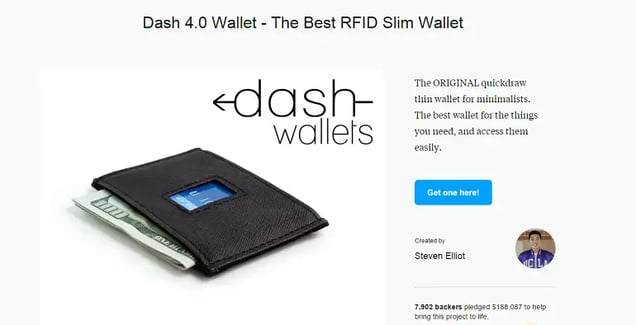
After three and a half years, Steven expanded to different verticals like watches, belts, and sunglasses. The best part was that Steven outsourced the manufacturing. So all he needed to do was sketch the design, sell the idea, and deliver on his promise.
Nick Walter (25) was a college student at BYU when he decided to focus on creating iPhone apps. Nick began documenting his experiences and teaching other people while he was learning. Nick created a course on how to use Swift on an e-learning platform called Udemy. His course was so successful that his students demanded that he create another course.
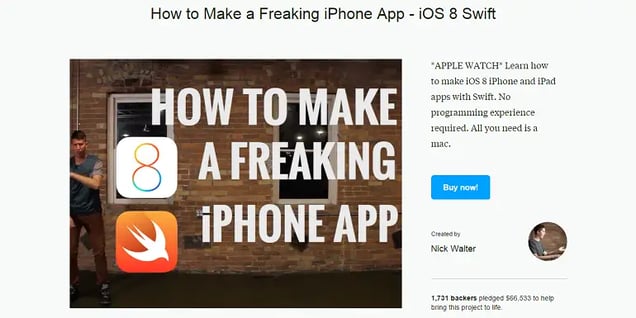
So Nick launched a Kickstarter project to validate if enough people actually wanted it. He unexpectedly made $66,000 in one month pre-selling his course and the rest was history.
Zack Brown raised $55,492 for ingredients to make his potato salad! Seriously. Previously a software developer, Zack originally created this project as a joke.
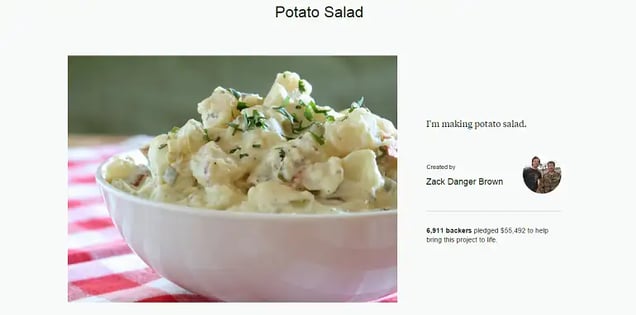
But his campaign drew global attention from supporters who contributed thousands of dollars to his cause. How did this happen?
The lowdown:
Kickstarter is a crowdfunding platform that allows you to fund projects you want to bring to life. To start, you set up a page describing what you’re going to sell. People can buy your product before you even make it: the ultimate form of validation!
You don’t start making products till you get funded.
If it’s a physical product, most makers manufacture their product outside of the U.S. to keep costs low. To ensure quality, the manufacturers can ship the prototype for you, and you can then give feedback. If you don’t like it, you can send it back with notes on how to improve your product until it’s perfect. For tips on how to find a manufacturer for your product idea, click here.
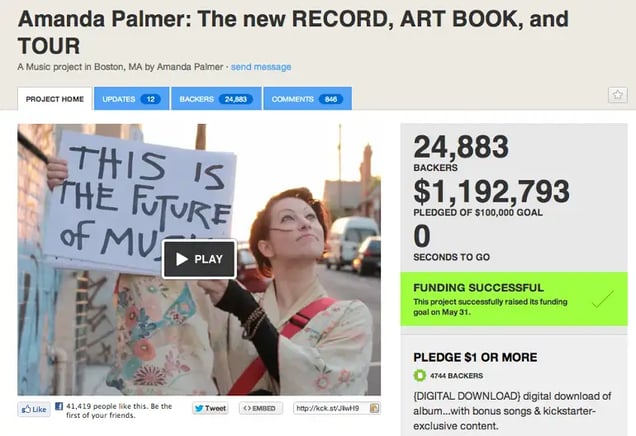
Making the products requires serious logistical work, but the product is what makes people want to fund your project in the first place, right?
“Your story is everything. People aren’t so much getting behind the idea as they are getting behind your passion to produce it… It HAS to have heart”, says Nathaniel Hansen, an indie filmmaker who has raised over $350,000 on Kickstarter to date.
The best makers on Kickstarters are master storytellers. Explain why people desperately need your product. Show how much better their lives would be. Articulate why they need it now.
Airbnb
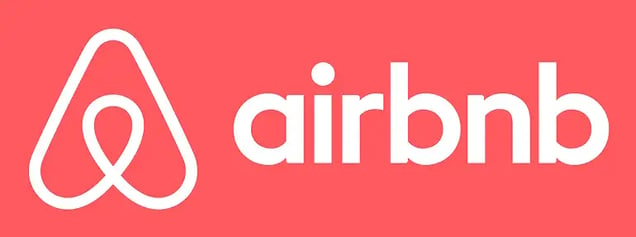
Average cut: 3% host service fee
27-year-old Katrina puts her condo on Airbnb and uses the money she earns to travel the world full-time.
One Airbnb host (who remains anonymous) tells Fast Company that “he wakes up at 5:00 a.m. in San Francisco, makes trades until the early afternoon. He spends the rest of the day checking people in, doing laundry and cleaning apartments for his next Airbnb guests.” He sleeps in his own apartment renting his two extra spaces and after a year, he profited a cool $144,000.
The lowdown:
Airbnb allows you to rent out your spare room to people who need a cheaper place to stay than a hotel.
If you don’t have a spare room, you can go as far as renting out apartments to rent out on Airbnb. Crazy, I know. But if you have real estate, Airbnb is one of the simplest ways to make money doing what you do best: nothing.
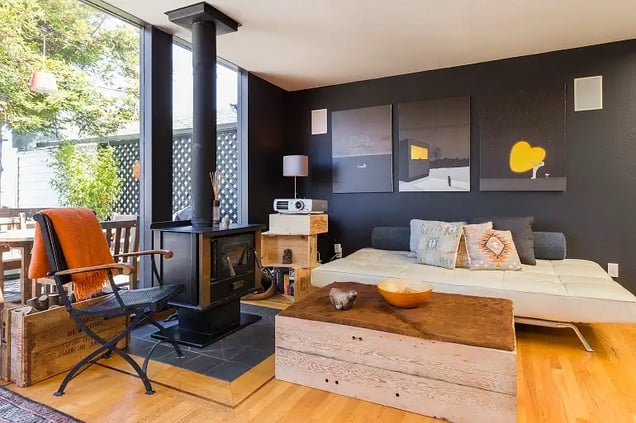
Source: Airbnb
If you have 10 bedrooms, for example, list them on Airbnb. Then hire a trusted host whose sole purpose is to check people in and out of the building. While you’re relaxing at a tropical beach in Bali, money is hitting your bank account every night.
Airbnb handles all the transaction and bookings. The host handles the logistics. You can profit over six figures a year with this method alone.
But there have been legal issues in the past that directly affect hosts. In February 2014, 10 Airbnb Super-Hosts ran 313 units in New York, which attracted the attention of the State Attorney General. Universities eventually banned college students from renting out their dorm room for security reasons.
When executed properly, Airbnb serves as a great way to generate reliable passive income.
Udemy
Average cut: 50%, 3% Processing Fee
Ten of the top instructors on Udemy earned $1.6 million in one year alone.
Alun Hill was a journalist for 40 years before teaching on Udemy. He interviewed some of the world’s most successful business people. Alun then translated his experience and everything he learned into short online courses.
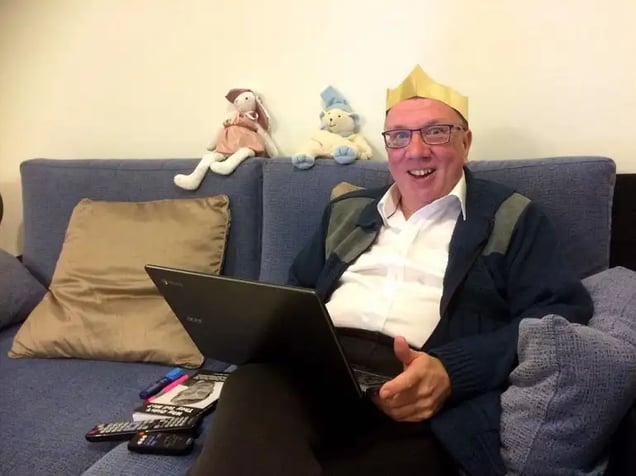
Alun Hill talking with his Udemy students Source: Alun Hill
With over 79,000 students, Alun makes over $1,000 a day from Udemy alone after a year of taking the platform seriously. He teaches how to write a successful press release, how to make money on YouTube with no filming, and yes, even how to make money on Udemy.
Rob Percival started off a teacher after graduating from Cambridge University. But after building websites for friends and family for fun, he learned that web development was a much better career choice.

Rob left his successful career to teach coding on Udemy and never looked back. To date, Rob has 300,000+ students and has earned more than $3 million.
The lowdown:
Udemy is an online learning platform with over nine million students and 19,000 instructors. You can learn anything from web development to cooking, even how to have a successful marriage.
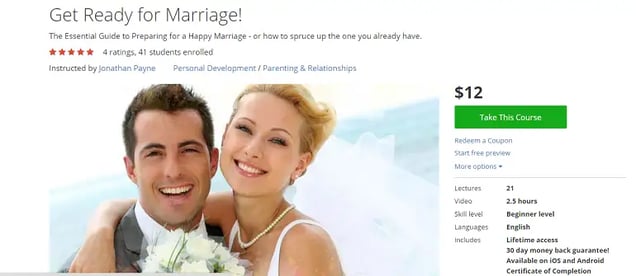
Anyone can be a teacher and upload a course. The best part is that once you record your course, you’ll never need to do it again. Then you can focus all your energy on marketing. Udemy will actually help do the hard work for you and attract students to your course.
Although Udemy takes a 50% cut, they’re bringing you the customers, making it a win-win situation. No degree or certification required to get started.
YouTube
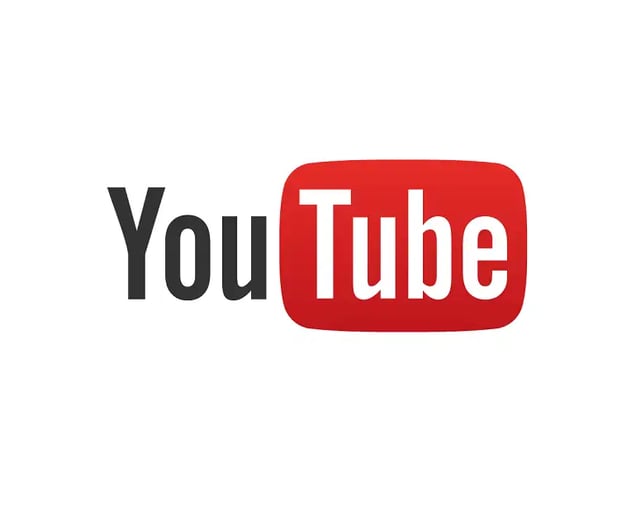
Average cut: $0

Felix’s setup for filming Source: Official Gentlemans Guide
Felix Kjellberg (26) created PewDiePie, the #1 most popular channel on YouTube. He currently makes $12 million from YouTube by playing video games. Felix started out studying Industrial Economics and Technology Management at a university in Sweden.
Felix created the channel midway through college and dropped out to work on YouTube full time. He worked at a hot dog stand to fund his videos. By August 2013, PewDiePie was the #1 most popular channel on YouTube.

Roman Atwood (32) makes $2.5 million making prank videos. One of his most popular videos was Killing My Own Kid PRANK!!, which pretty much sums up his channel. Roman has been creating videos since high school. He worked on commercials and film projects but decided to make videos for YouTube in 2010. Roman is the #7 most popular channel on the platform and has never looked back.

Anthony Brady (23) gained 1.5 million subscribers in 2015 alone and is most recognized as Jinx. He records himself reacting to other videos. Yes, that is exactly what it sounds like. Anthony believes reaction videos makes viewers feel like they’re watching it with another person. Some might not agree, but Anthony has filled a huge void in the market in a short amount of time.
The lowdown:
YouTube is freely available for anyone to contribute to. Creators can use it to make videos, build an audience, and earn money. When you have enough subscribers, you can apply to become partners with YouTube. This allows you to generate revenue through advertisements on your videos.
The more subscribers your channel gets, the more money you can earn with YouTube. Content creators also make money by partnering with brands and promoting their products.
If you have a camera or even a cell phone, you can start making money on YouTube risk-free. The videos you make don’t even need to be unique or high-quality. They just have to be captivating for your target audience.
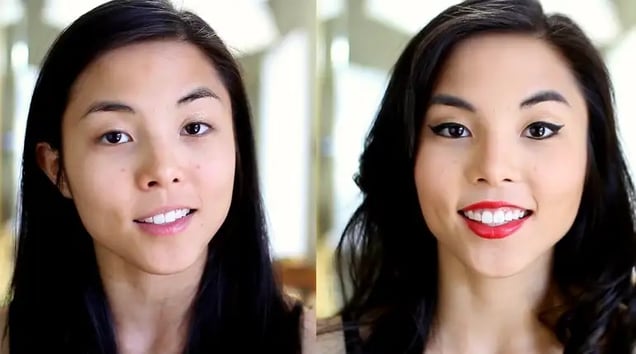
Anna Akana, 1.3 million subscribers
Who knew watching other people play videos would be so attractive? Or watching other people watch other videos? When you find people that love your content, that is all you really need to have a thriving YouTube career.
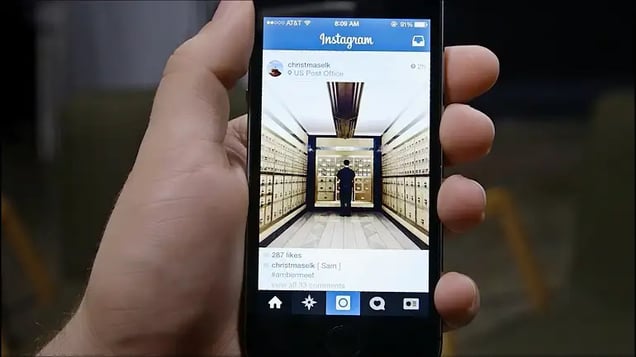
Source: Daily Tekk
Average cut: $0
Ali Maffuci quit her job in corporate America in 2013 and now makes a living off Instagram. Ali got started when she started making healthy meals for her mom, who has type 1 diabetes. Ali discovered the spiralizer, a tool that cuts raw veggies into noodles.
“I was so blown away by it, I started making dishes and posting them on Instagram. At first it was just for fun, but soon strangers started to follow me. When someone tagged #inspiralized, I’d comment on their post, and they’d follow me,” she said in an interview with Elle.

“That audience let me turn my passion for healthy cooking and eating into a career. I published a cookbook and created my own version of the spiralizer, the Inspiralizer, which I sell on my website. And I receive profits from affiliate links on my cookbook or when I recommend products I believe in, I can make up to $7,000 a month on Amazon. Some brands ask me to use their products in my own Jersey City kitchen and share my experience on social media — I’ve gotten up to $1,500 per post for that.”
Shirley Braha worked with New York Noise and MTV before doing Instagram full time. Shirley makes more money than her previous full-time job by simply posting pictures of her dog, Marnie, on Insta. Marie has a massive following of 2 million people.

The biggest push was when a video of Marnie walking around Duane Reade went viral. This converted the 2.6 million viewers into Instagram followers and the legacy lives on.
Marnie’s popularity has opened up doors for Shirley to meet a wide number of celebrities.

The lowdown
Instagram allows any of their 400 million monthly users to post a picture or video to their followers. If you have a large following, you can make money just by posting pictures of yourself.
Brands want to partner with high profile ‘grammers and are willing to pay thousands of dollars. And this doesn’t apply to only fashion bloggers…
Like YouTube, you can upload any content and dominate a certain niche audience.
@thefatjewish has 7.5 million followers, which he got just by posting funny photos.

@jenselter got 8.3 million subscribers by posting pictures of her ass.

@purposeofenvy scored 1.1 million subscribers through beautiful landscape photos.

Whatever you post on Instagram, find the audience that will love you and attract a following. With 100,000 followers, you can be making $5,000 – $10,000 a month, says Brian DiFeo, founder of The Mobile Media Lab. Founded recently in 2010, it’s never too late to get started.
Teespring
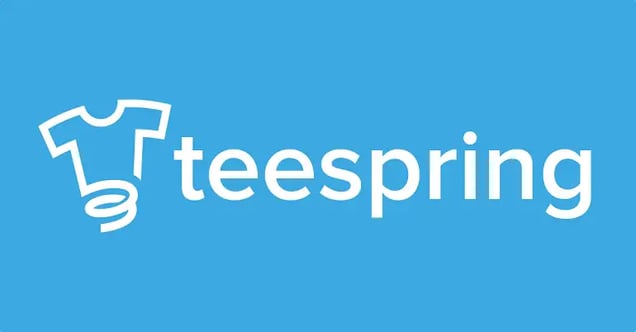
Average cut: Depends on your goal and how many you sell
Benny Hsu was a normal college graduate working in his family’s restaurant. Benny hated his job and left the family business. After he started to make money off a successful iPhone app, Benny realized the unseized opportunities to make money online.

Benny Hsu’s design Source: Get Busy Living
Benny then launched his first Teespring campaign and profited $100,000 in five months. He now teaches people how to do the same.
Lewis Ogden started an experiment to see if you could actually make money from Teespring. His first campaign earned him $400 in the first seven days.
Affiliate marketer Bank (that’s his nickname) earned $3,893 in his campaign’s first seven days and shares exactly how he did it.
Some users have made millions from Teespring!
Not sure what Teespring is? Learn about them here.
The lowdown
If you can upload a picture on the computer, you can potentially make a living off Teespring.
Teespring lets you upload a design to place onto their t-shirts. Once 10 people buy your shirt, Teespring takes care of everything. They charge, manufacture, and ship the product to those customers. You keep all the profit.
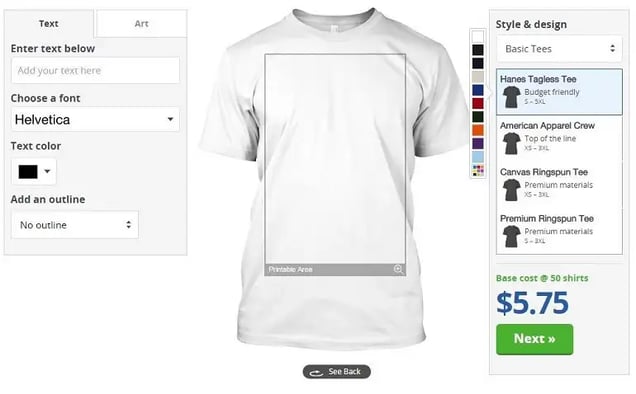
My mom, for example, can upload a picture of a flower onto a shirt. If we sell 1,000 t-shirts for $20, we will profit $10,000+ without touching a single t-shirt!
To find targeted customers, use Google or Facebook ads to promote your Teespring campaign. If 100 clicks = $5 and you convert at 1%, that’s a win. Since you make $10 off every sale, you’ll still be profitable.
Teespring has only been around since 2011. Now they’re opening doors for creative artists to build an audience and make money from their designs.
The takeaway
There are now a million platforms where you need zero certifications or degrees to get started. And there are endless opportunities to make money. Explore the options, pick one you like, and get to it.
Write me a check once you make your first $1,000, thanks.
